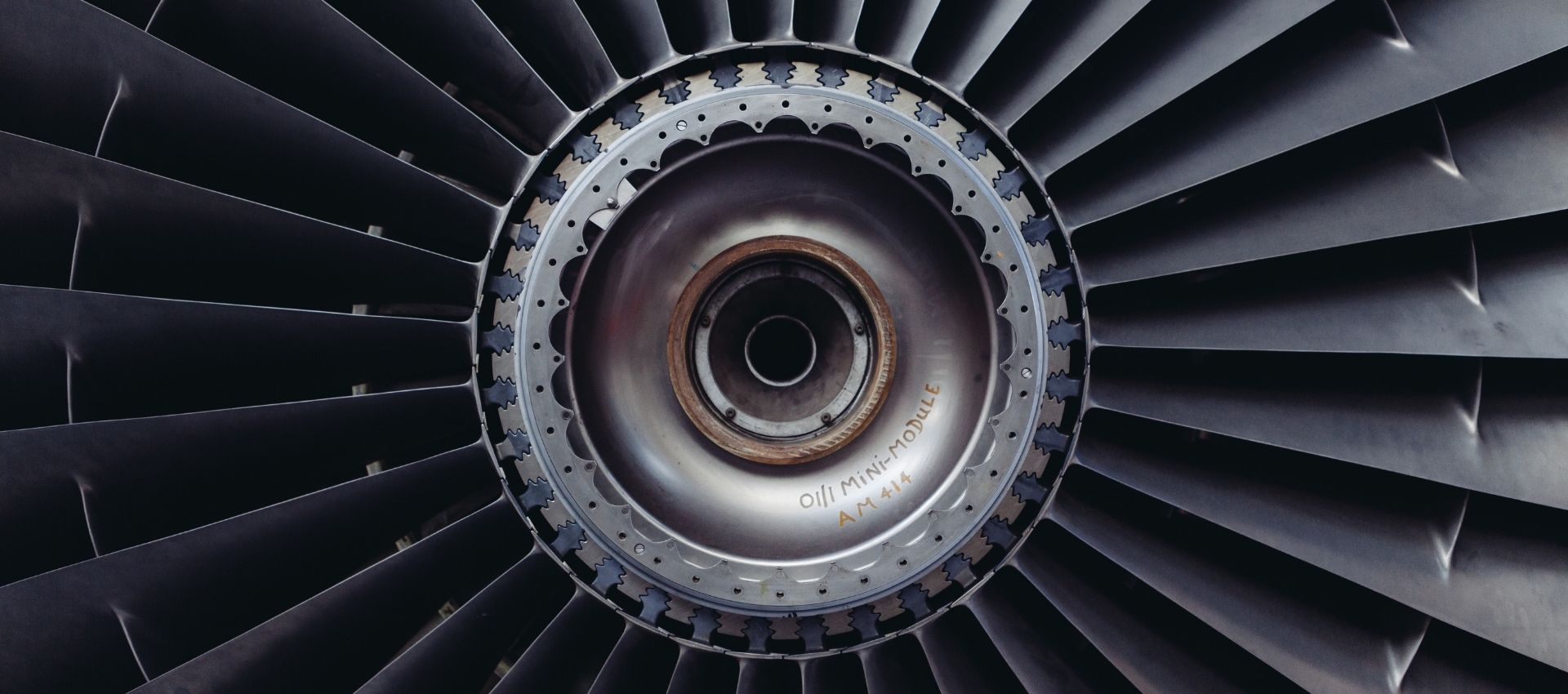Aviation and Defense
The aviation and defense sector ensures national security and global connectivity. It includes aircraft, missiles, and space systems. Innovation, geopolitical tensions, and government spending drive growth. Advanced technologies like drones, AI, and autonomous systems are transforming capabilities across both military and commercial aviation platforms.

The Aviation and Defense Industry are a cornerstone of global infrastructure, national security, and technological progress. It encompasses a wide range of activities, including commercial air transport, military aviation, aerospace manufacturing, defense systems, and related services. The sector is characterized by high capital intensity, complex supply chains, long development cycles, and a continuous drive for innovation.
On the civil aviation side, the industry supports global mobility and commerce. Commercial airlines transport billions of passengers and tons of cargo annually, connecting cities and markets across continents. Major aircraft manufacturers such as Boeing and Airbus dominate this segment, supplying both narrow-body and wide-body aircraft to airlines worldwide. In addition to aircraft production, the sector includes airport infrastructure, air traffic control systems, and maintenance, repair, and overhaul (MRO) services. The growth of low-cost carriers and the expansion of aviation in emerging markets have driven long-term demand. However, environmental concerns are leading to increased focus on fuel efficiency, sustainable aviation fuels, and electrification technologies.
The defense segment is heavily influenced by geopolitical tensions, national security priorities, and military modernization programs. It includes the development and procurement of advanced fighter jets, surveillance drones, missile systems, radar networks, and command-and-control platforms. Defense spending is largely driven by government budgets and strategic imperatives. Countries such as the United States, China, India, and Russia allocate significant resources to defense, while many NATO members are increasing investments to meet alliance commitments. Innovations in autonomous systems, cyber defense, artificial intelligence, and hypersonic weapons are reshaping modern warfare and defense strategies.
The intersection between civil and military technologies is increasingly evident. Many technological breakthroughs such as GPS, composite materials, and advanced avionics originate in defense applications before being adapted for civilian use. Similarly, developments in commercial aerospace, including sensors, battery systems, and AI-driven analytics, are influencing military design and performance. This cross-pollination accelerates innovation and enhances operational capabilities across both domains.
Challenges in the aviation and defense industry include supply chain disruptions, regulatory compliance, skilled labor shortages, and cybersecurity threats. Global tensions, trade restrictions, and reliance on critical imports add complexity to international partnerships and exports. Furthermore, the sector must navigate increasing scrutiny over environmental impact, ethical use of technology, and corporate transparency. Companies are now adopting digital technologies, smart manufacturing, and sustainability frameworks to stay competitive and resilient.
Looking forward, the aviation and defense industry will continue to evolve in response to emerging threats, environmental pressures, and digital transformation. Urban air mobility, space defense, unmanned aerial vehicles, and green propulsion systems represent new frontiers. As governments and corporations align their strategies with global security and sustainability goals, the industry’s role as both a protector and enabler of progress will remain indispensable.
Company
Newsletter
We have a dedicated team of specialists for you as your email.


